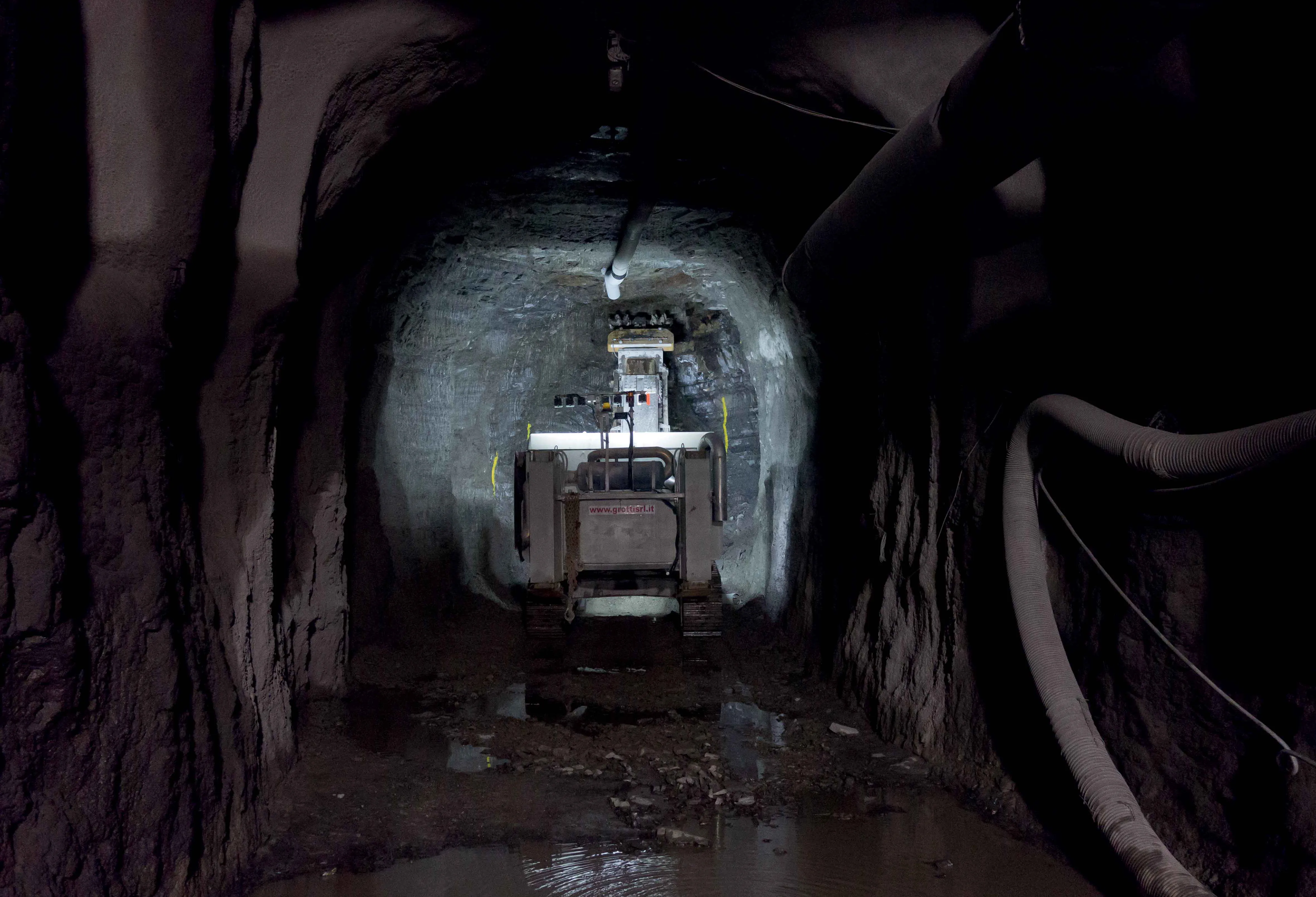A major tunnel project in the Swedish capital Stockholm will mean that roads in a residential area will be safe from workmen repairing power cables. The tunnel will not be visible when completed, but its importance to the city's development is considerable. It means 10km of high voltage cable cutting through a residential area will be replaced with cables laid through the new tunnel, providing sufficient land for some 3,000 badly-needed new homes in an area divided down the middle by Lake Mälaren and the Ba
July 20, 2012
Read time: 4 mins
A major tunnel project in the Swedish capital Stockholm will mean that roads in a residential area will be safe from workmen repairing power cables.
The tunnel will not be visible when completed, but its importance to the city's development is considerable. It means 10km of high voltage cable cutting through a residential area will be replaced with cables laid through the new tunnel, providing sufficient land for some 3,000 badly-needed new homes in an area divided down the middle by Lake Mälaren and the Baltic Sea.A critical factor in allowing their construction is the use of seven submersible pumps installed deep in the bedrock below south Stockholm to keep the Skanstull-Solbergavoltage tunnel dry: a pump breakdown would have serious consequences.
"We are working on five parallel fronts at the moment, enabling us to maintain a pace of around 80-100m/ week," explains Peter Ahlgren, Blasting Supervisor for Oden Anläggningsentreprenad's tunnel project.
Work started in 2007 and blasting is scheduled for completion by April 2010 when power company Fortum starts installation of the power cables (start-up of power supply is estimated to be 2011). The main contractor is Oden and the contract amount is for SEK335 million (approximately E35 million/US$47.8 million). The total length of the main tunnel is 6.3km, with an additional 800m of approach tunnels. The depth varies from 30 to 60m.
Two of the five tunnel fronts are blasted from the middle outwards by work teams and accessed via a subterranean transport tunnel.
"Without functioning pumps we can't work and the project would be immediately and adversely affected. It is very important for the pumps to work properly if we are to keep up to the schedule," continues Peter Ahlgren.
Wear and tear on the pumps, which have to pump out 300litres of water/minute during drilling, is considerable. Water near the drilling rig is full of drill cuttings, and its effect can be compared with a sort of liquid sandpaper which rubs constantly on the internal parts of the pumps.
Per-Åke Jägren from pump supplier
Water is pumped up from the lowest parts of the tunnel pipe 50m up to ground level. Pumps work in stages using sediment tanks along the way. The water is pumped from the drilling rig to a pump pit, then to the next intermediate station, containing the system's large sediment tank. At this point most of the remaining drill cuttings are separated from the water and the water pumped on upwards is mostly clean (samples are taken regularly to ensure municipal water regulations are obeyed).
Several Grindex Major and Master pumps are used in the tunnelling work. A Major N-pump can deliver more than 35litres/second (over than 2m³/minute) in tough environments and work continuously without monitoring. The Master H pump is capable of a delivery head in excess of 45m.
The pump closest to the drilling rig, a Grindex Master, is the unit exposed most to the drill cuttings in the water.








